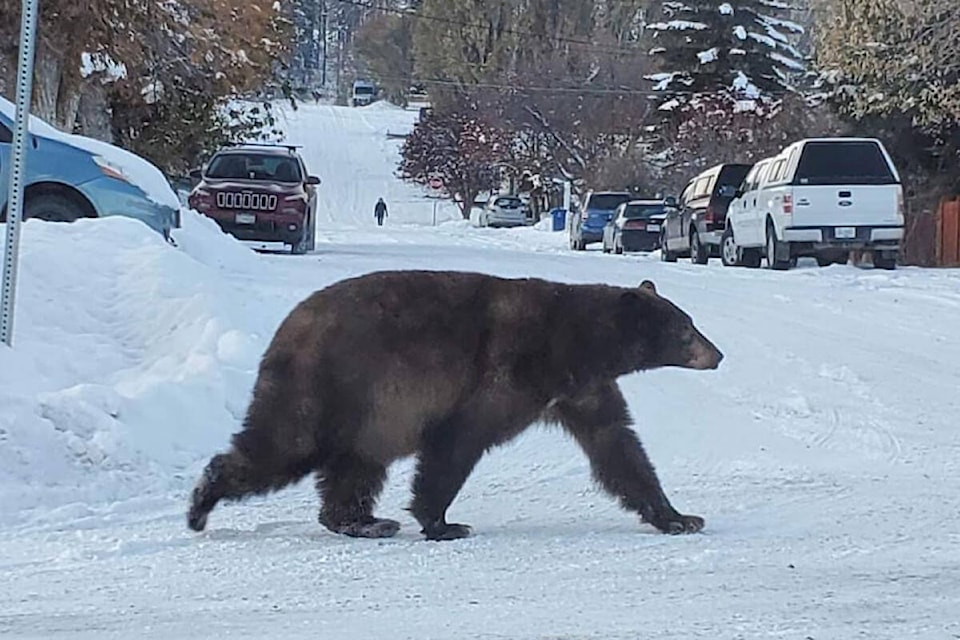WildSafeBC is encouraging people to remain wildlife aware through the winter.
Central Okanagan Regional District Coordinator Lauren Wishart said black bears sightings were the most reported to the Conservation Officer Service with 276 so far this year. Deer were second with 205 sightings. Wishart added that bear sightings were higher than average in the spring
“This is due to the late spring weather we had,” she said. “Which reduced natural food availability in the mountains and kept them closer to communities.”
Wishart noted that bears returned to the wild in the summer when natural food was more available, but that sightings were back up as fall approached and bears foraged in preparation for hibernation.
Wishart said a major factor in human-bear conflict is the availability of non-natural food.
“Garbage was noted in over 60 per cent of reports where attractants were identified.”
READ MORE: Keeping your yard clean of debris can help prevent wildlife fatalities: WildSafeBC
A continued challenge is getting people to manage their bear attractants, especially in relation to garbage, but also fruit trees, she added.
“Which is likely due to improper storage of garbage, and also the common misconception that fruit trees are natural food sources that don’t harm bears, which they do.”
Wishart pointed out that while bears may soon be in their dens, many other animals do not hibernate, so residents should become familiar with other wildlife and how to prevent conflicts.
More information can be found on the .
READ MORE: Passion for saving wildlife impresses �������� council
gary.barnes@kelownacapnews.com
Like us on and follow us on and subscribe to our daily and subscribe to our daily newsletter.



